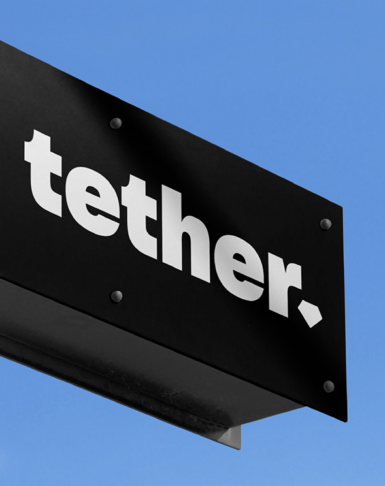SMPL Q&A is a blog feature, in which we interview our experts on all things relevant to brand experience and design.
What is the naming opportunity for a brand in an M&A or spinoff scenario?
Born of a merger or released in a spin-off, a new name is a fresh signal to an existing market. The big opportunity is that everyone is watching—investors, employees, customers, prospects, and skeptics. And everyone’s waiting for smoke signals.
It’s a chance to own a news cycle. And the very rare chance to change the message and shift the tone. Who are you? What are you up to? And why should anyone care? It’s a chance to approach the event as an opportunity to seize rather than a burden to overcome.
Done in the right way, the new name becomes the most compact, most universal expression of the business itself. It can reflect the business ambition and re-orient an entire industry for decades.
What is the most critical consideration in one of these scenarios?
The imperatives simply concern getting it done in a tight timeframe and not making any big mistakes.
In answering questions on brand naming, we have to sort out trademarks, uncover language issues, vet other related uses of the name, select URLs, address simple architecture issues, even construct different versions of the name for different situations. Basically, we have to secure the nuts and bolts. Otherwise, we can lose control of an expedited brand naming process that needs to keep its head in the clouds to some degree.
Almost all of these events are global in scope. The legal hurdles alone can be massive. We’re creating a new entity. The trademark for any name needs to be cleared for use (and I’ve had a favorite name candidate die at the 11th hour when the lawyers reviewed common law filings in France) and it also then needs to be filed in every jurisdiction.
And while you may be able to use a weak trademark due to an abundance of related filings, you may not be able to protect it. These tactical realities have strategic implications we need to assess and resolve at the beginning of the process.
When do you keep an existing name, and what are the right circumstances for developing a new one?
Positive equity is the reason you keep a name. You already have a strong brand. It’s the right tool to unlock the next phase—a powerful vessel with enough capacity to succeed in the future. This is usually a straightforward decision confirmed in a couple of meetings and then presented as a fait accompli. Big industries that consolidate generally fold into a few dominant brands.
But even among global players, new names show up. It can be a wonderful way to represent a true merger. For instance, consider Novartis—in 1996 when Sandoz and Ciba-Geigy merged, the new name means “new skill.” A new signal, a new promise, a new brand. No one was a Sandoz employee anymore. Ciba-Geigy products disappeared. In their place resides one of the biggest companies in the world and the clear leader in its industry.
The key to brand naming after a merger, acquisition, or spinoff, I think is not to overvalue equity as a default, knee jerk reaction to the situation. Take the time to ask the question in a substantive way. We have a bias in favor of what already exists. And, yes, there are many situations where an existing name is the right answer.
But sometimes it’s just safe, driven by fear of the unknown. Argue for equity and no one gets fired. Even though we all know that many existing brand names carry baggage, are out of date, fail to connect, excite no one, and are inefficient across environments and experiences. It takes real leadership to recognize a richer opportunity and a higher ceiling in the right new name.
Two emerging realities support the possibility of the right new name. First, in an age of immediate and constant communication, it’s easier than it’s ever been to get the word out. Two, in a noisy, dynamic world saturated with messages, there’s a genuine business need to stand out, be relevant, and appeal to people. Audiences are easier to engage, but you have to be engaging.


